Gemstone Guide: Unveiling the Beauty Behind Kicky & Perky’s Signature Stones
Gemstones have always held a timeless appeal, captivating hearts with their brilliance and symbolism. At Kicky & Perky, we take pride in curating collections that feature a variety of exquisite gemstones, each chosen not just for its aesthetic allure but also for its rich history, meaning, and natural properties. Whether you’re drawn to the vibrant hues of rubies, the calming essence of mother-of-pearl, or the mystique of quartz, each gemstone in our collection tells a unique story.
This guide will take you through the symbolism, origins, and benefits of the gemstones we use in our designs, helping you make an informed decision when choosing the perfect piece of jewellery.
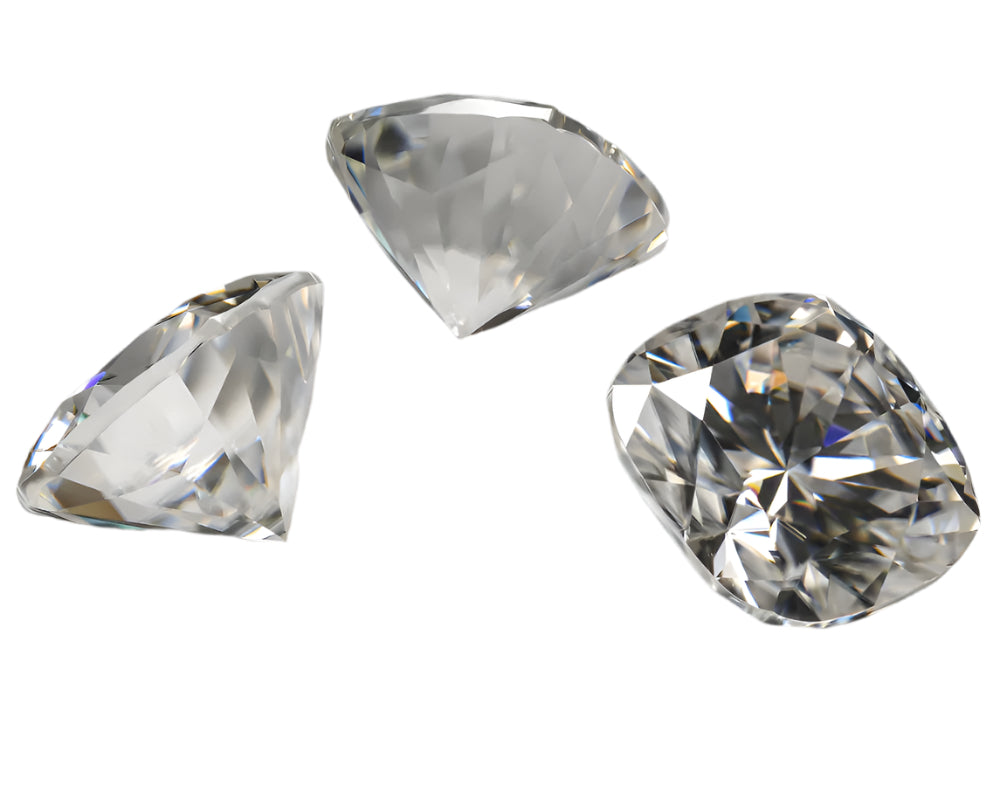
1. Moissanite: The Stone of Brilliance and Strength
Symbolism
Moissanite is a gemstone associated with brilliance, clarity, and strength. With its dazzling sparkle and extraordinary hardness, moissanite is often compared to diamonds. It symbolizes inner strength, resilience, and everlasting beauty. For those seeking luxury with a contemporary edge, moissanite is the perfect alternative to traditional gemstones.
Origins
Discovered in a meteor crater by the French scientist Henri Moissan, moissanite is a rare and naturally occurring mineral. However, most moissanites used in jewellery today are lab-grown, which makes them more sustainable and affordable. It is primarily produced in the U.S. and India.
Benefits
Moissanite is cherished for its exceptional brilliance and durability. It is also an eco-friendly option for those who are looking for a sustainable alternative to diamonds. Its affordability, compared to natural diamonds, makes it an accessible yet luxurious choice.
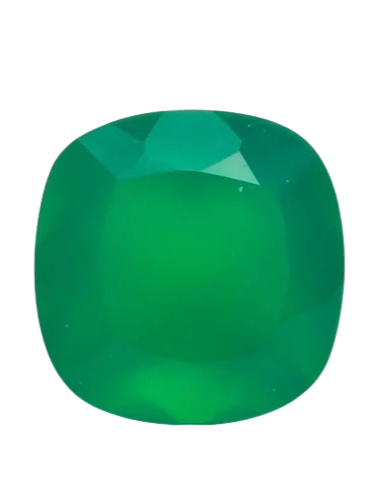
2. Onyx: A Gem of Strength and Protection
Symbolism
Onyx is a grounding stone that symbolizes strength, protection, and self-control. In ancient times, onyx was believed to ward off negativity and protect against misfortune, making it a popular choice for warriors and leaders. Today, it remains a symbol of resilience and courage, often worn as a talisman for protection and focus.
Origins
Onyx is found in various regions, including India, Brazil, and the United States. The stone is typically black, though it can also appear in shades of white, brown, and red. The finest black onyx is highly polished and valued for its smooth, mirror-like surface.
Benefits
Onyx is said to provide strength during times of stress and confusion, helping to ground and center the wearer. It is also believed to enhance willpower and self-discipline, making it a favorite among those seeking to overcome challenges or achieve personal goals.
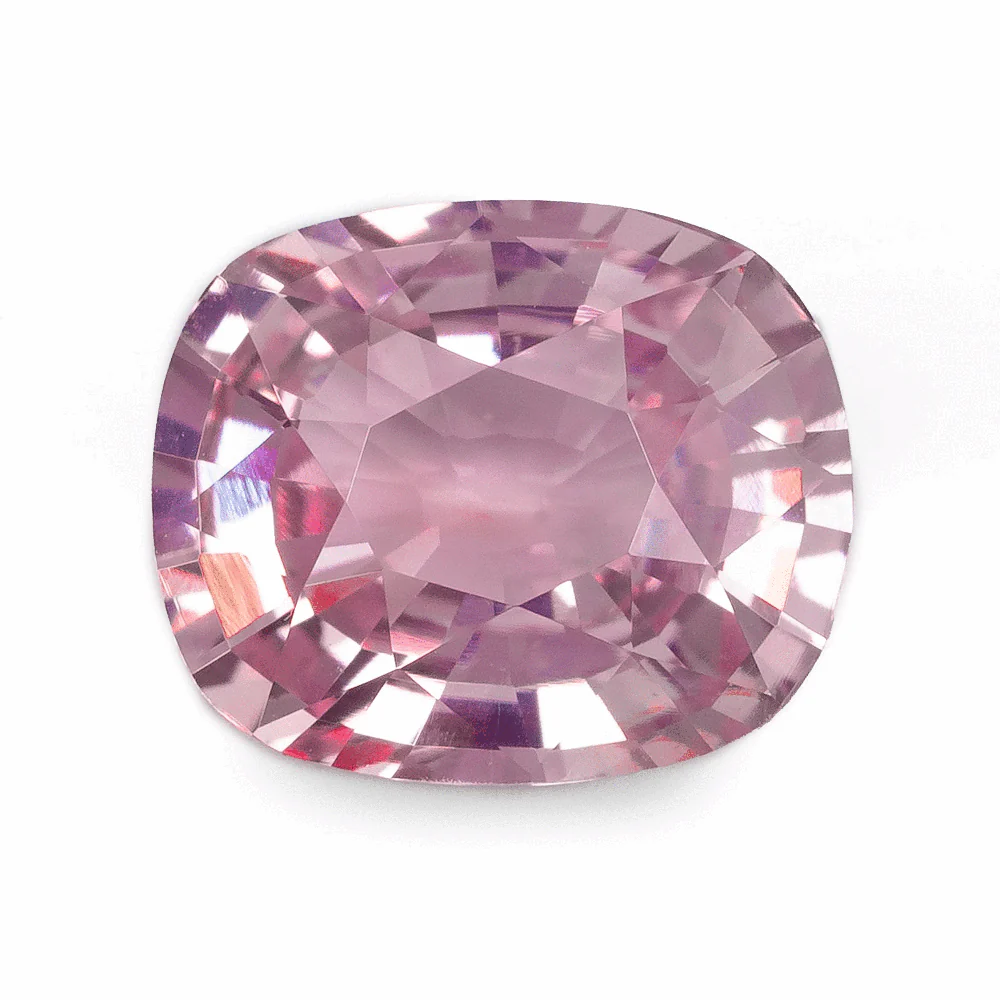
3. Quartz: A Stone of Clarity and Healing
Symbolism: Quartz is one of the most versatile and abundant gemstones in the world, and it holds a significant place in the realm of healing stones. Clear quartz, in particular, is often called the "master healer," believed to amplify energy, thoughts, and the effects of other crystals. It represents clarity of mind, focus, and spiritual growth, making it a popular choice for meditation and mindfulness practices.
Origins: Quartz is found globally, with notable deposits in Brazil, Madagascar, the United States, and Switzerland. The gemstone comes in various forms and colors, including clear quartz, rose quartz, and smoky quartz, each carrying its own unique properties.
Benefits: Quartz is believed to enhance concentration and unlock memory, making it a powerful tool for achieving clarity and focus. Additionally, it’s considered a healing stone, thought to aid in balancing the body’s energy and promoting overall well-being.

4. Labradorite: The Stone of Transformation and Magic
Symbolism: Labradorite is a mesmerizing gemstone, often referred to as the "Stone of Transformation" and "Magic." Its iridescent play of colors, known as labradorescence, symbolizes inner strength, intuition, and the ability to bring about positive change. Labradorite is believed to enhance psychic abilities, protect the aura, and help its wearer connect with higher consciousness, making it a favorite for spiritual seekers and creatives alike.
Origins: Labradorite was first discovered in Labrador, Canada, hence its name. It is also found in regions like Finland, Madagascar, and Russia. This gemstone is cherished for its stunning flashes of blue, green, gold, and even pink, making it a striking element in jewellery.
Benefits: Labradorite is associated with self-discovery and transformation. It is said to strengthen intuition and psychic abilities, helping the wearer access deeper levels of consciousness. The stone is also known for its protective qualities, shielding the aura from negative energies. Additionally, labradorite is thought to reduce anxiety, promote clarity, and ignite creative inspiration, making it ideal for those going through personal growth or artistic endeavors.
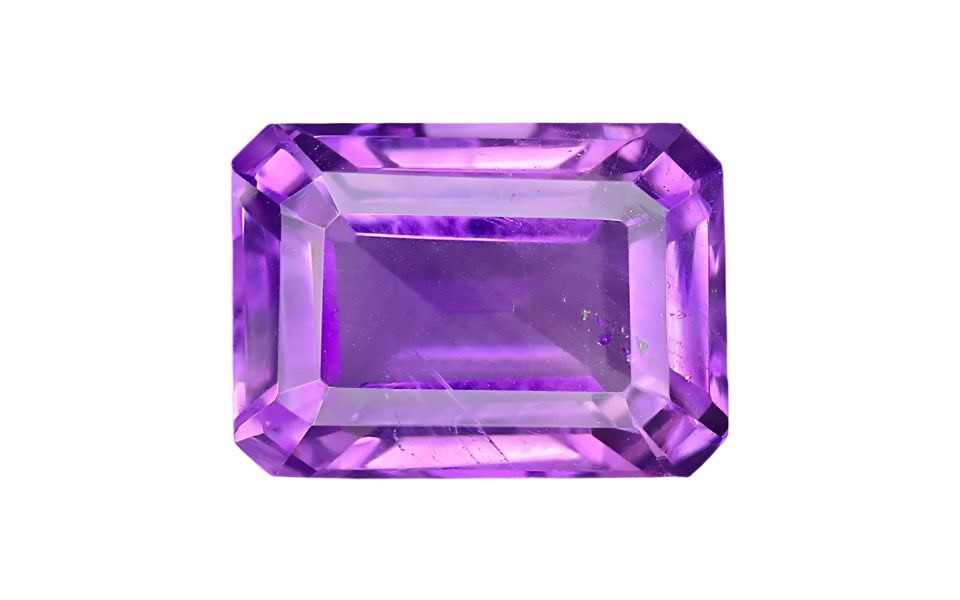
5. Amethyst: A Gem of Peace and Sobriety
Symbolism: Amethyst, with its captivating violet hue, has long been associated with peace, balance, and inner strength. In ancient Greece, it was believed to protect against intoxication, hence its name, which comes from the Greek word "amethystos," meaning "not drunk." Today, it is considered a powerful stone for those seeking spiritual wisdom and emotional balance.
Origins: Amethyst is primarily sourced from Brazil and Uruguay, with smaller deposits found in Russia, South Korea, and Zambia. The finest amethysts display a deep, rich purple color, often with flashes of red or blue.
Benefits: Amethyst is said to promote calmness and clarity, helping to reduce stress and anxiety. It is also thought to support sobriety and spiritual growth, making it a popular choice for meditation. Amethyst is often used in crystal healing to aid in emotional balance and protect against negative energy.
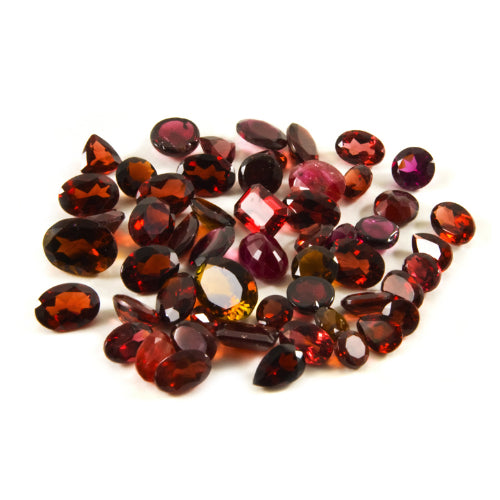
6. Garnet: The Stone of Commitment and Vitality
Symbolism: Garnet is often associated with commitment, loyalty, and passion. Its rich, deep red color symbolizes love, life force, and energy, making it a popular choice for those seeking to boost their vitality and strengthen personal connections. It has long been considered a protective stone, guarding the wearer against danger and misfortune.
Origins: Garnets are found in countries such as India, Madagascar, Sri Lanka, and the U.S. This gemstone is one of the oldest used in jewellery, dating back to the Bronze Age, and comes in various colors, though the deep red variety is most common.
Benefits: Believed to invigorate the body and promote emotional well-being, garnet is thought to inspire passion and creativity. It is also said to balance energy, bringing both emotional and physical strength to its wearer.
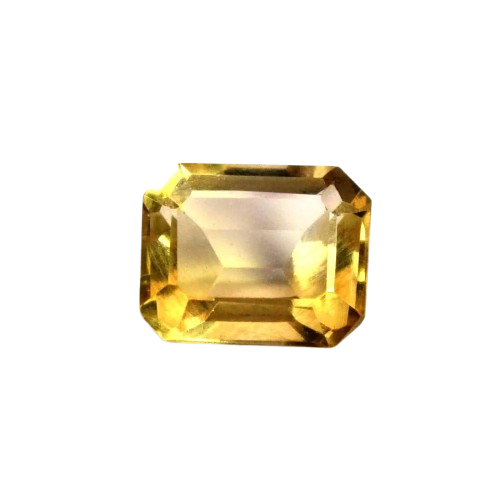
7. Citrine: The Gem of Success and Abundance
Symbolism: Citrine is known as the “success stone” due to its vibrant golden hue and its association with prosperity and abundance. It is linked to positivity, creativity, and self-expression, making it an ideal gemstone for those seeking to attract wealth and success in their lives. Citrine also symbolizes clarity of thought, emotional well-being, and joy.
Origins: Citrine is primarily sourced from Brazil, Madagascar, Russia, and France. Its sunny yellow to orange hues are reminiscent of the sun, and it is often used to evoke feelings of warmth and energy.
Benefits: Citrine is believed to manifest success, wealth, and abundance. It is often used by those looking to enhance their creativity and attract prosperity. Citrine is also thought to dispel negative energies and bring emotional balance, helping to uplift the spirit and foster positivity.

8. Peridot Stone
Limelight Green: Peridot, August's birthstone, shines with a vibrant lime green color, sometimes tinged with yellow or olive.
Volcanic Gem: Formed deep within the Earth's mantle, Peridot is sometimes found in volcanic rock and even meteorites.
Durable Beauty: With a Mohs hardness of 6.5-7, Peridot offers good durability for jewellery but requires some care due to its brittleness.
Cleopatra's Choice: Prized since ancient times, Peridot was a favorite gemstone of Egyptian royalty.

9. Ruby: The Stone of Passion and Courage
Symbolism: Known as the "king of gemstones," the ruby has been prized for centuries for its vibrant red hue and its association with love, passion, and vitality. In ancient cultures, rubies were thought to protect wearers from harm and inspire courage. The stone’s fiery red color also symbolizes intense emotions, making it a favorite for those seeking to express their love or ambition.
Origins: Rubies are found in various parts of the world, including Myanmar (Burma), Thailand, Sri Lanka, and Madagascar. Burmese rubies are particularly prized for their deep red color and exceptional quality. The finest rubies are often described as “pigeon’s blood,” reflecting their vivid, blood-red hue with a hint of blue.
Benefits: Rubies are believed to energize and balance, promoting enthusiasm, power, and leadership qualities. Many cultures also consider rubies to have healing properties, such as improving circulation and promoting emotional stability.

10. Iolite: The Stone of Vision and Inner Strength
Symbolism: Iolite, often referred to as the "Viking’s Compass," is a stone of vision and inner strength. Its deep, violet-blue hue symbolizes intuition, insight, and self-discovery, making it a gemstone favored by those seeking to strengthen their spiritual awareness.
Origins: Iolite is commonly found in countries like India, Sri Lanka, and Brazil. Its unique color is often compared to the shades of the twilight sky, which has contributed to its connection with vision and clarity.
Benefits: Iolite is believed to stimulate the mind, enhance focus, and improve decision-making. It is also thought to help release fear and anxiety, making it a powerful stone for those on a journey of self-discovery.
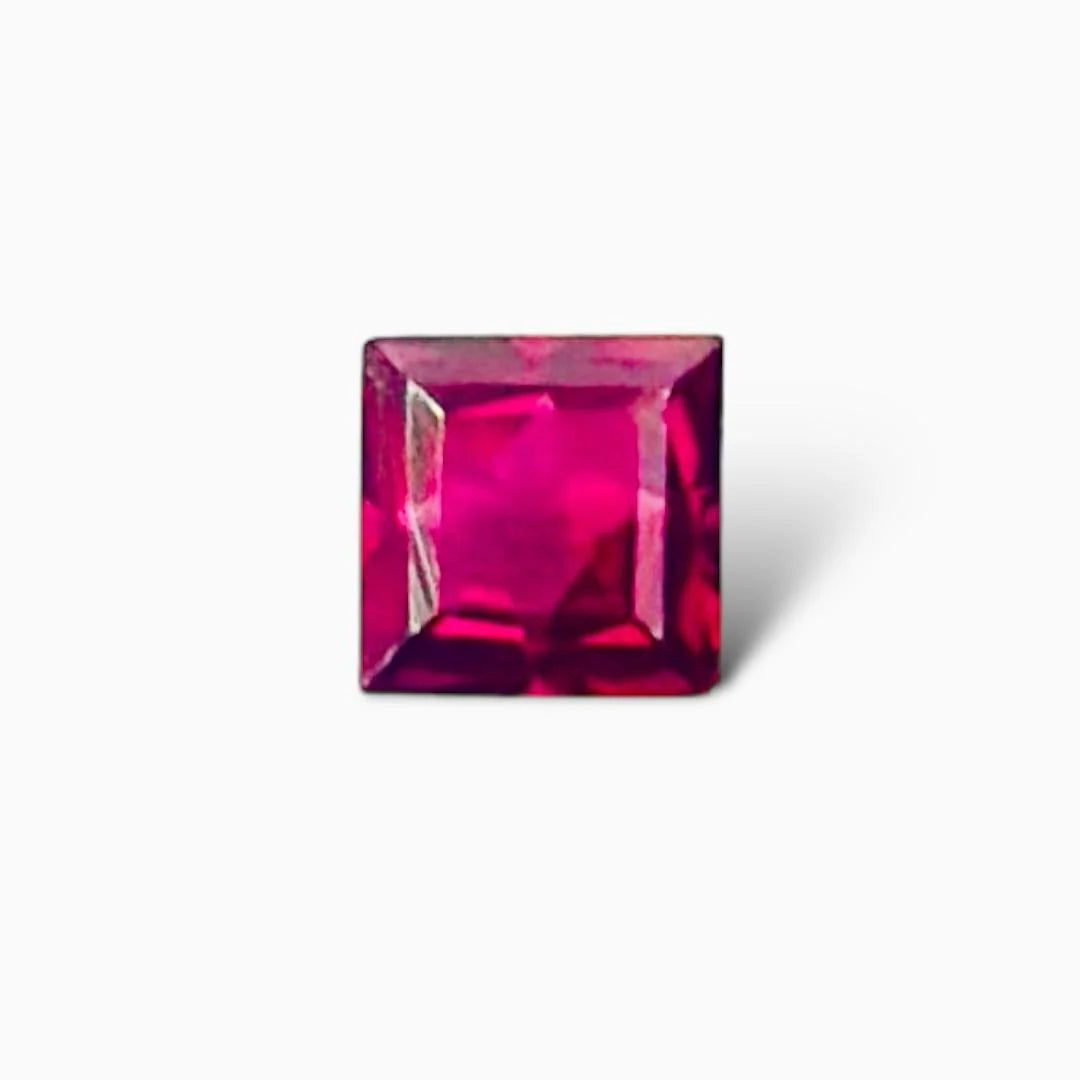
11. Rhodolite: A Rare Form of Garnet
Symbolism: Rhodolite is a stunning variation of garnet, known for its raspberry-red to pink-purple hue. This gemstone is associated with love, emotional healing, and self-worth. It symbolizes compassion, kindness, and emotional balance, making it a go-to choice for those seeking inner harmony.
Origins: Rhodolite is primarily found in East Africa, Sri Lanka, and India. Although it is a garnet, its distinct color sets it apart, making it a rare and highly sought-after gem in fine jewellery.
Benefits: Rhodolite is said to promote emotional healing, foster compassion, and encourage self-love. Its soothing energy is believed to help reduce feelings of anxiety and stress, leading to greater confidence and emotional resilience.

12. Tourmaline: The Stone of Protection and Healing
Symbolism: Tourmaline is a powerful gemstone known for its protective and grounding properties. It comes in a wide array of colors, each associated with different meanings. Pink tourmaline is linked to love and compassion, while green tourmaline symbolizes vitality and abundance. Overall, tourmaline is considered a stone of healing, promoting emotional well-being and physical vitality.
Origins: Tourmaline is found in various locations, including Brazil, Afghanistan, and Africa. Its incredible range of colors makes it a favorite among jewelers and gem collectors.
Benefits: Tourmaline is believed to protect against negative energy, boost confidence, and balance the chakras. It is also said to have detoxifying properties, helping to cleanse the body and mind from emotional or physical blockages.
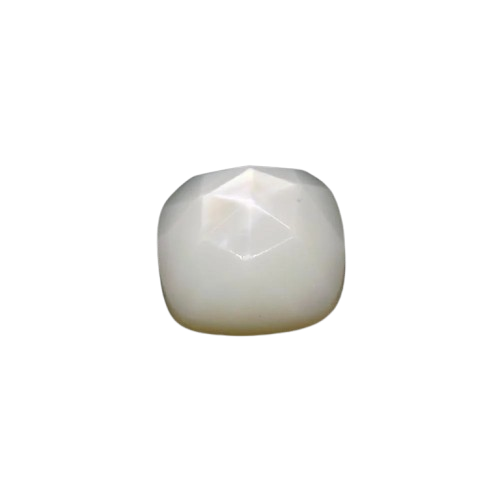
13. Mother-of-Pearl: The Gem of Serenity and Protection
Symbolism: Mother-of-pearl, also known as nacre, is the iridescent layer found inside shells. It symbolizes purity, innocence, and tranquility, often associated with the calming energies of the ocean. Historically, mother-of-pearl was worn as a protective amulet, believed to shield the wearer from negative energies while promoting harmony and balance.
Origins: Mother-of-pearl is harvested from the inner layer of mollusks like oysters and abalones. The best-quality mother-of-pearl is often sourced from the South Pacific, particularly from Australia, the Philippines, and Indonesia, where the waters are known to produce mollusks with thick, lustrous nacre.
Benefits: Mother-of-pearl is said to have calming and stress-relieving properties. It is believed to aid in emotional healing, soothe turbulent emotions, and promote clarity and peace of mind. Many people also consider mother-of-pearl to enhance intuition and creativity, making it a favorite among artists and spiritual seekers.
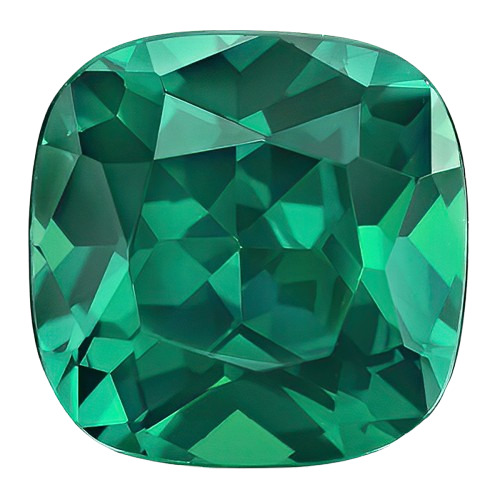
14. Emerald: The Stone of Renewal and Growth
Symbolism: Emeralds have long been treasured for their vibrant green color, symbolizing renewal, growth, and fertility. In ancient Egypt, emeralds were considered sacred stones associated with eternal youth and rebirth. Today, they are often linked to harmony, compassion, and love, making them a popular gemstone for engagement rings and sentimental gifts.
Origins: Emeralds are primarily found in Colombia, Zambia, and Brazil, with Colombia producing some of the world’s most prized emeralds. The quality of an emerald is judged based on its color, clarity, and size, with the most valuable stones displaying a deep, rich green with minimal inclusions.
Benefits: Emeralds are believed to promote emotional balance, enhance intuition, and encourage personal growth. They are also considered a stone of truth, helping the wearer to speak honestly and openly. In terms of physical healing, emeralds are thought to support the heart and promote overall well-being.
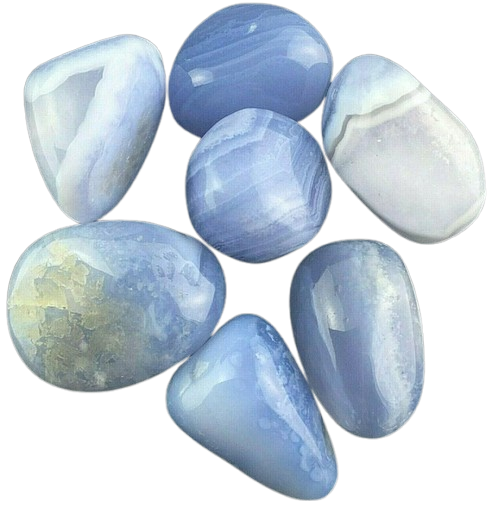
15. Chalcedony: The Stone of Harmony and Goodwill
Symbolism: Chalcedony is a calming and nurturing stone, often linked to communication, creativity, and emotional balance. Its soft, milky translucence is believed to bring harmony and goodwill, making it a popular gemstone for those seeking to foster positive relationships and resolve conflicts.
Origins: Chalcedony is found worldwide, with notable deposits in Brazil, India, Madagascar, and the United States. It comes in a variety of colors, including blue, white, and pink, each carrying its own unique energy and symbolism.
Benefits: Known for its soothing properties, chalcedony is thought to absorb negative energy and promote peace of mind. It is also believed to enhance communication, allowing its wearer to express thoughts and emotions more clearly.

16. Pearl: A Gem of Purity and Serenity
Symbolism: Pearls, known for their soft and lustrous appearance, symbolize purity, innocence, and serenity. Often referred to as “gems of the sea,” pearls have been associated with wisdom and wealth throughout history. They represent elegance and timeless beauty, making them a popular choice for brides and other special occasions.
Origins: Pearls are produced inside the shells of mollusks like oysters and are cultivated mainly in the oceans around Japan, China, and the Philippines. Natural pearls are exceedingly rare, while cultured pearls offer a sustainable way to enjoy their beauty.
Benefits: Pearls are believed to enhance personal integrity, promote loyalty, and encourage faith and sincerity. They are also thought to soothe the mind and body, helping to relieve stress and promote calmness.
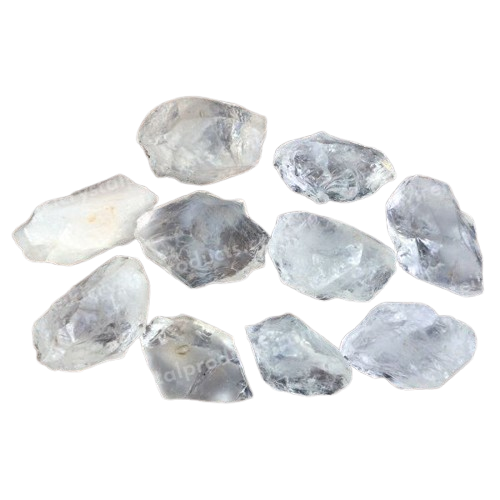
17. Quartz: The Master Healer
Symbolism: Quartz is often called the “master healer” because of its versatile and powerful properties. Available in a variety of colors, including clear, rose, and smoky quartz, this gemstone is believed to amplify energy, thought, and healing. It is also a symbol of clarity, purity, and balance, making it an excellent gemstone for those on a journey of self-discovery.
Origins: Quartz is found in abundance around the world, with major deposits in Brazil, Madagascar, and the U.S. Clear quartz is the most common, but variations like rose quartz and smoky quartz are highly valued for their distinct colors and metaphysical properties.
Benefits: Quartz is known for its healing properties and its ability to clear the mind and body of negativity. It is said to improve concentration, balance the emotions, and bring a sense of harmony to its wearer. Quartz can also amplify the energies of other gemstones when worn together, making it a versatile addition to any jewellery collection.
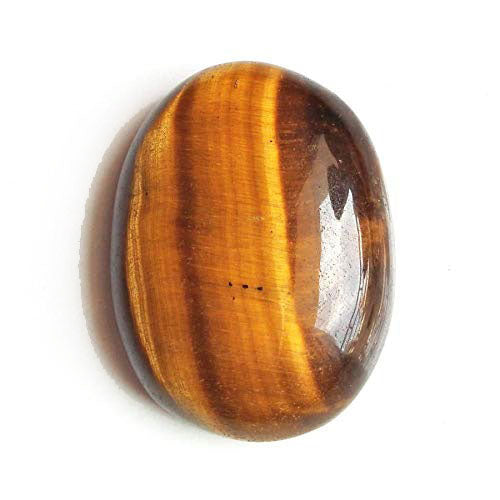
18. Tiger’s Eye: The Stone of Courage and Confidence
Symbolism: Tiger’s Eye is a protective gemstone that symbolizes courage, strength, and personal empowerment. Its distinctive brown and golden bands give it a mesmerizing appearance, evoking the power of the tiger. Known as a stone of protection, it is often worn to boost confidence, clear negative energy, and attract good fortune.
Origins: Tiger’s Eye is primarily sourced from South Africa, Australia, and India. The gemstone’s striking appearance is due to its unique fibrous structure, which reflects light in a way that creates a “cat’s eye” effect, known as chatoyancy.
Benefits: Tiger’s Eye is believed to boost self-confidence, increase focus, and help its wearer overcome fear and anxiety. It is also considered a grounding stone, helping individuals stay centered during stressful situations. For those seeking inner strength and courage, Tiger’s Eye is a powerful companion.
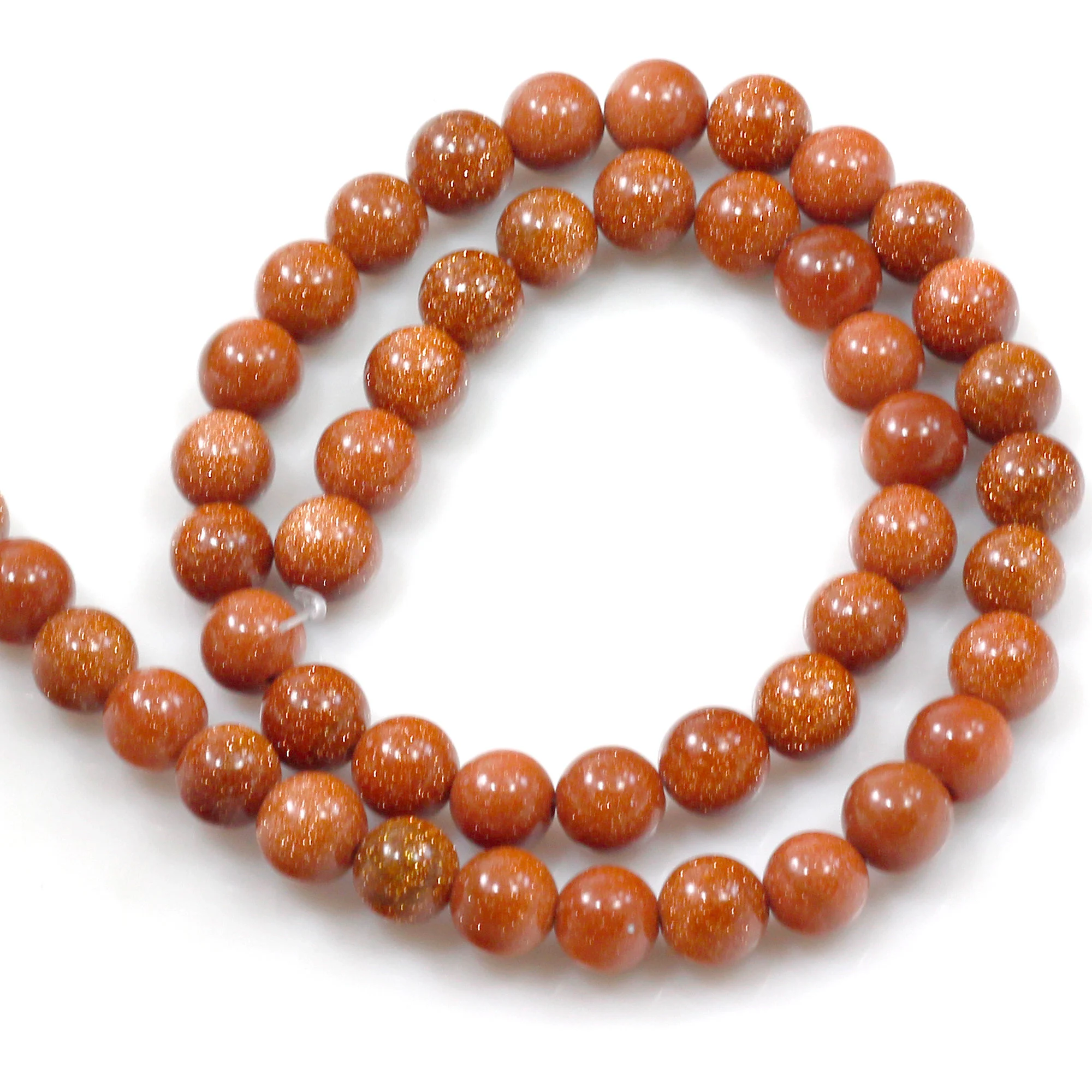
19. Beads: A Symbol of Unity and Tradition
Symbolism: Beads have been used in jewellery for thousands of years across cultures as symbols of unity, tradition, and creativity. Whether made from glass, gemstones, or organic materials like seeds and shells, beads carry spiritual and cultural significance. In modern jewellery, they are often used to represent personal connections, the passage of time, or significant life events.
Origins: Beads can be crafted from a wide range of materials, including gemstones, glass, and wood, and are sourced from all over the world. From the vibrant beads of Africa to the ancient glass beads of the Mediterranean, their history and cultural significance make them a beloved jewellery component.
Benefits: Beads allow for endless creativity in jewellery design and can be used to create personalized and meaningful pieces. Their versatility makes them suitable for a wide range of styles, from boho-chic to formal elegance. Beaded jewellery is often seen as a symbol of unity and continuity, as each bead connects to the next, representing harmony and togetherness.
Conclusion: Gemstones That Tell a Story
Every gemstone used in Kicky & Perky’s collections carries with it a rich history, deep symbolism, and unique benefits. From the passionate red of rubies to the calming allure of mother-of-pearl, our gemstones are not only chosen for their beauty but also for the meaning and energy they bring to each piece. We believe that understanding the significance behind these stones adds a personal connection to your jewellery, making each piece even more special.
Whether you’re looking for a gift or a personal treasure, our gemstone guide is here to help you find the perfect piece that resonates with your style, values, and emotions. Embrace the beauty and meaning of gemstones with Kicky & Perky, and let your jewellery tell a story as unique as you are.
